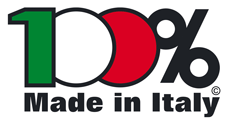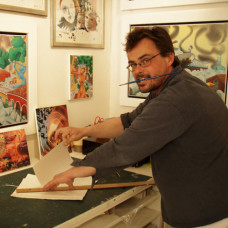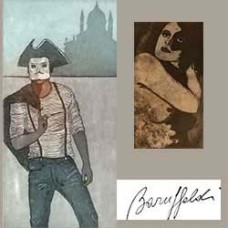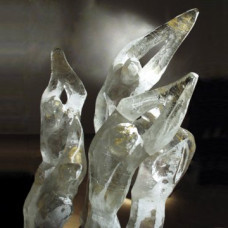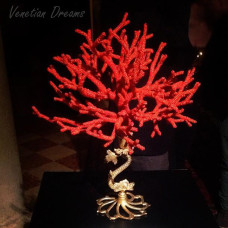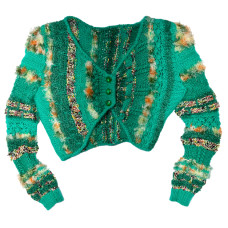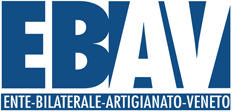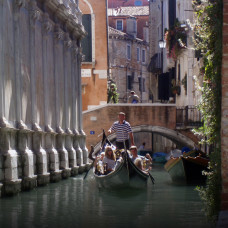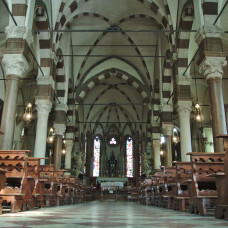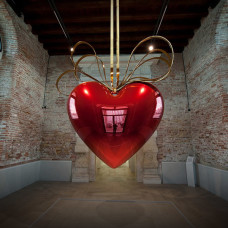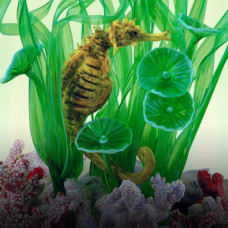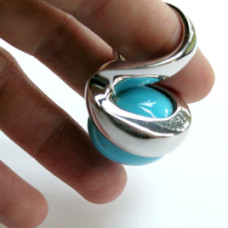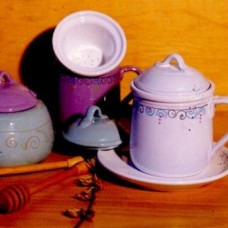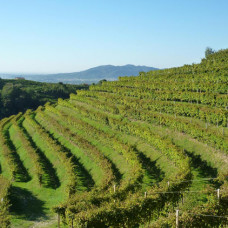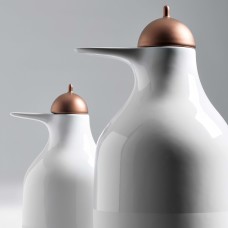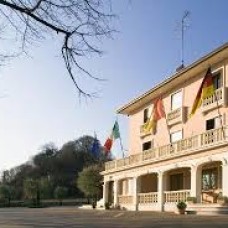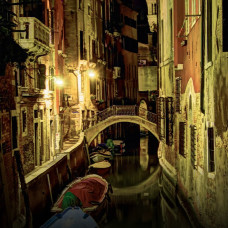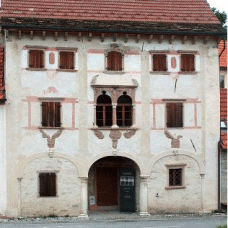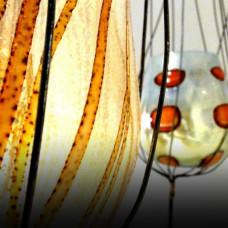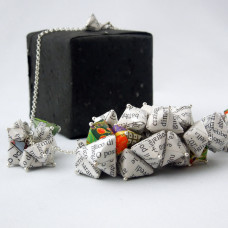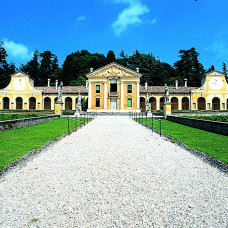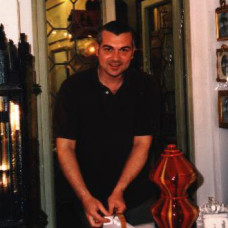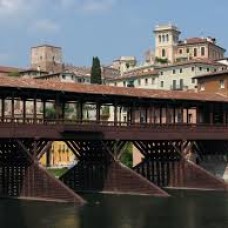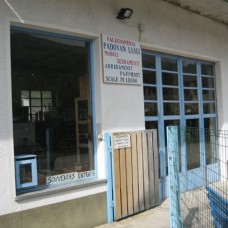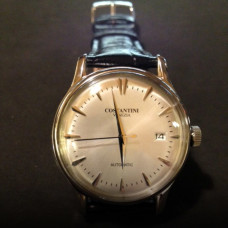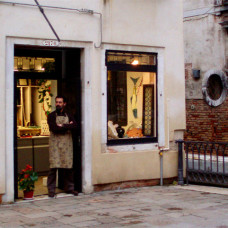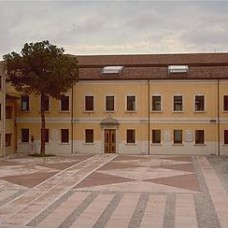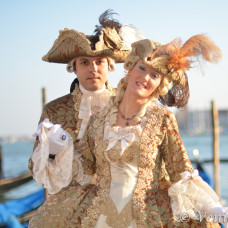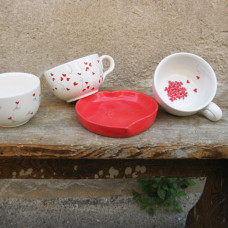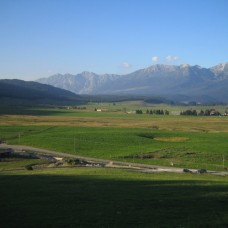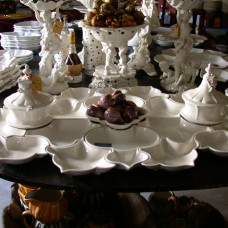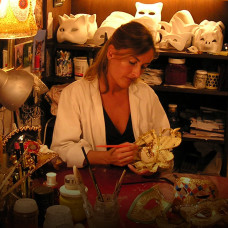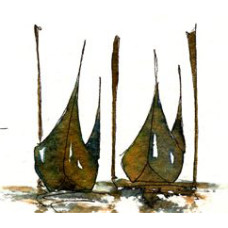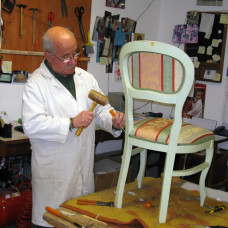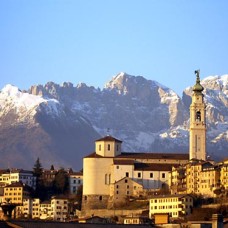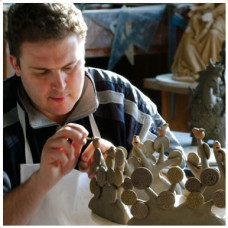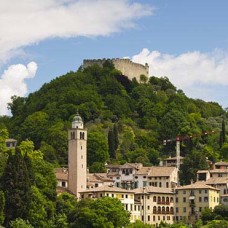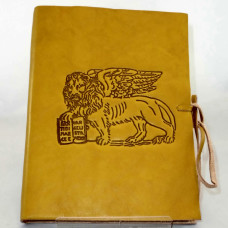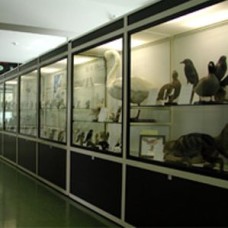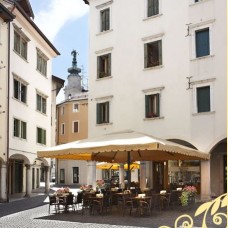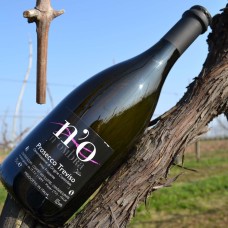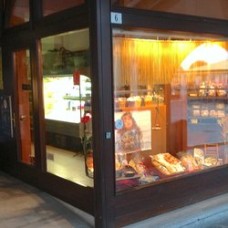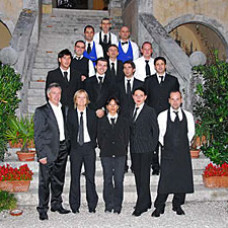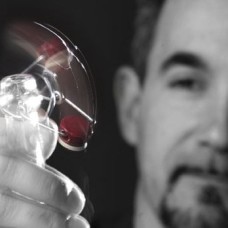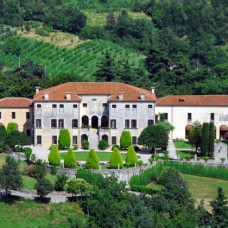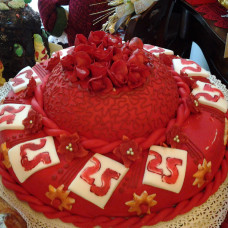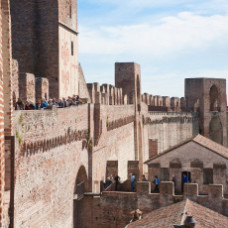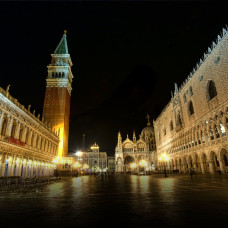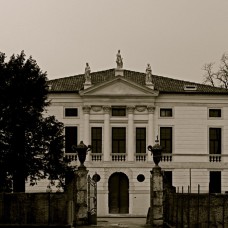
Venice and Art, across the Grand Canal
A walk from Punta della Dogana to Ponte di Rialto, passing across Ponte dell'Accademia, will completely encompass you with art, colours and the unique sensations offered by the elegant city of Venice.
You will cross, almost lost in a timeless bubble, the Sestieri (districts) of Dorsoduro and San Marco. The first extends into the southern part of the city and starts precisely from the Punta della Dogana, which is part of the Bacino di San Marco. The 'Dogana da mar' (sea customs) of the Republic of Venice was built in the seventeenth century and consists of many warehouses behind the facade. It ends with a square tower, above which bronze statues support the golden ball on which Fortune stands, a work of Bernardo Falcone. The name Dorsoduro probably derives from the mounds (dossi), that probably existed once in that area. You will pass through one of the most exclusive areas of the city, which is home to places of art like no other, many valuable craftsmen workshops and also rare examples of modern residential Venetian architecture. After crossing the Ponte dell'Accademia (one of the four bridges serving the Grand Canal), you will arrive at San Marco, the smallest district by extension, but that encompasses the political and religious heart of the city. During this walk you will discover the real reason why Venice is rightly considered one of the most famous and sought-after art cities in the world... and why art objects designed and produced here are so unique and inimitable (and, who knows, perhaps you can bring one home).
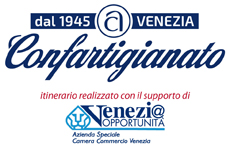
Getting to Punta della Dogana is as simple as it is fascinating: with its perfectly triangular shape it divides the Grand Canal from the Giudecca Canal. Beautiful and unique, it is perhaps the best place to enjoy the panorama of Venice: from here you can capture a breathtaking view of Piazza San Marco, the island of San Giorgio and the entire skyline of the lagoon city. The former monumental port of the city is now the permanent home to works from the François Pinault's collection, a centre devoted to contemporary art, that surely deserves a visit.
Don’t miss the Basilica della Salute, a seventeenth-century church dedicated to the Virgin, built after Venice was freed from a plague epidemic. Construction was begun by Baldassarre Longhena, who did not live to see it accomplished. The statues that decorate the façade are beautiful and the octagonal interior houses important paintings including, in the Sacristy, an altarpiece by Titian. If you go to Venice on November 21st, you can join the exciting and warm feast of Madonna della Salute (Our Lady of Health): throughout the day, in the Basilica, open all day without interruption, masses and rosaries are continually celebrated, with a continuous flow of believers. To facilitate the pilgrimage, a pontoon bridge is created across the Grand Canal, in order to connect Punta della Dogana with Santa Maria del Giglio.
Once you cross Rio di San Maurizio, in Calle Bastion at number 720/B of Dorsoduro you can admire the works of the Bottega d'Arte San Vio. Gregorio Bacci will welcome you to discover his works on canvas, signed with the name Giagan, that depict views of Venice in a different way compared to the traditional views of the city: vivid colours and dynamic shapes make the work of this artist completely original. Beside these works of prevailing Venetian landscape, Gregorio performs other projects by experimenting with painting techniques and diverse materials, from traditional gilding and oil painting to modern photo printing and digital processing: a very special souvenir, without which it would be a shame to leave!
Your "artistic" walk is just at its beginning: a few meters away you will in fact reach the Peggy Guggenheim Collection, the most important museum in Italy for European and American art of the first half of the twentieth century. It is located in Palazzo Venier dei Leoni on the Grand Canal, that was once the home of Peggy Guggenheim. Opened in 1951 by the granddaughter of Solomon R. Guggenheim, a wealthy American industrialist and art collector, the museum houses Peggy Guggenheim's personal collection of art of the twentieth century, as well as works from other collections and temporary exhibitions. The collection includes masterpieces of Cubism, Futurism, Metaphysical painting, European abstraction, Surrealism and American Abstract Expressionism, as well as legendary masterpieces of Italian Futurism.
Feeling fascinated and dreamy, let's now go to Rio Tera San Vio to reach the Bac Art Studio (Bottega d'Arte Cadore), founded in 1977 by Paolo Baruffaldi and Claudio Bazzichetto. The term Bottega (workshop) has been deliberately inserted as an ideal link with the Renaissance Bottega, a place where design, execution and exhibition of the work of the artist (or group of artists) took place, in a direct contact with the public. The Bottega’s activity revolves exclusively around engraving and the work of the artist-engraver, who directly performs his own copper, brass or zinc plate from the initial design to the print on a hand press. Here, in addition to the finest craftsmanship, various cultural and artistic events are organized, especially to make the most of young talents as they arise on the art scene alongside the established artists.
You can now return to wander through these silent streets, the same in which Woody Allen's movie "Everyone Says I Love You" was set. After Campo San Vio you will find yourself at the foot of the Ponte dell'Accademia: before facing its wooden steps, it is a must to visit the Gallerie dell'Accademia, the oldest and most complete city art gallery, that contains significant works from the history of Venetian painting from the fourteenth to the eighteenth century (including the unmissable La Tempesta and La Vecchia by Giorgione, as well as works by Piero della Francesca, Mantegna, Bellini, Carpaccio, Titian and entire cycles by Tintoretto, Veronese, Canaletto, Guardi, etc.). It is now time to cross the Ponte dell'Accademia, a bridge that is famous in Venice for being "provisional" since 1933: built in just 37 days to replace the former bridge from 1852 (which had a markedly "industrial" style, clashing with the surrounding context of town architecture), it has never been replaced because of its strength. At the time of its inauguration, it was the largest arch bridge in wood throughout Europe. You can then cross Campo Santo Stefano, one of the largest squares in Venice, which hosts at its centre a statue of the writer Niccolò Tommaseo. In spring it becomes the playground of Venetian children: you will see them drawing on the pavement with coloured chalk or whizzing on their skates. Beyond is Campo Sant'Angelo, with its characteristic Z-shaped plan. From here the famous Calle della Mandola begins, where you can find, at number 3805/A, the splendid Venetian Dreams, a workshop focused on the female craftsmanship behind the creation and artistic use of pearls and beads of Venetian glass. You will be welcomed by Marisa Convento, who, after many years of experience in the field of textiles and art glass, manages this workshop with skill and mastery; she pursues the aim of creating jewellery with precious Venetian glass beads, as well as fashion accessories and decorations to embellish furniture, respecting tradition and adapting to the taste of today. The strictly one-of-a-kind creations by Venetian Dreams are presented in fashion shows, events and exhibitions that promote the excellence of Venetian craftsmanship... you will be tempted to buy one too!
Continuing along Calle della Mandola, you can turn left for a visit to the wonderful Palazzo Fortuny, the house-museum of the Spanish artist Mariano Fortuny: fabrics, objects, antique furniture, painting, light, photography, and clothing will accompany you into a unique and magical atmosphere. Now go back to Calle della Mandola, where, right at the end, before the bridge that leads to Campo Manin, at number 3718 you will find Lellabella, a precious little shop in the heart of Venice: there you will meet Lella and Monica, mother and daughter. At Lellabella you will not find just ordinary wool, but the finest high quality Italian yarns offered by specialised companies and a wide variety of custom handmade models. Let yourself be charmed by the authenticity of the real "Made in Italy", handmade just like it was in the past.
Points of interest
Gregorio Bacci Giagan was born in Venice in 1970. His father Giorgio Bacci Baik and his uncle Edmondo were both well known artists from the second half of ...

The Bac Art Studio (Bottega d'Arte Cadore) was founded in 1977 by Paolo Baruffaldi and Claudio Bazzichetto. The term Bottega (workshop) has been deliberate...

L'essenza creativa dell'opera d'arte è pura fascinazione e pretende il tributo dello stupore che frena il battito del cuore, della meraviglia che am...

The splendid Venetian Dreams is a workshop focused on the female craftsmanship behind the creation and artistic use of pearls and beads of Venetian glass. ...

Lellabella is a small shop in Calle della Mandola, in the heart of Venice between Rialto, La Fenice theatre and Piazza San Marco. Once inside you will meet...















